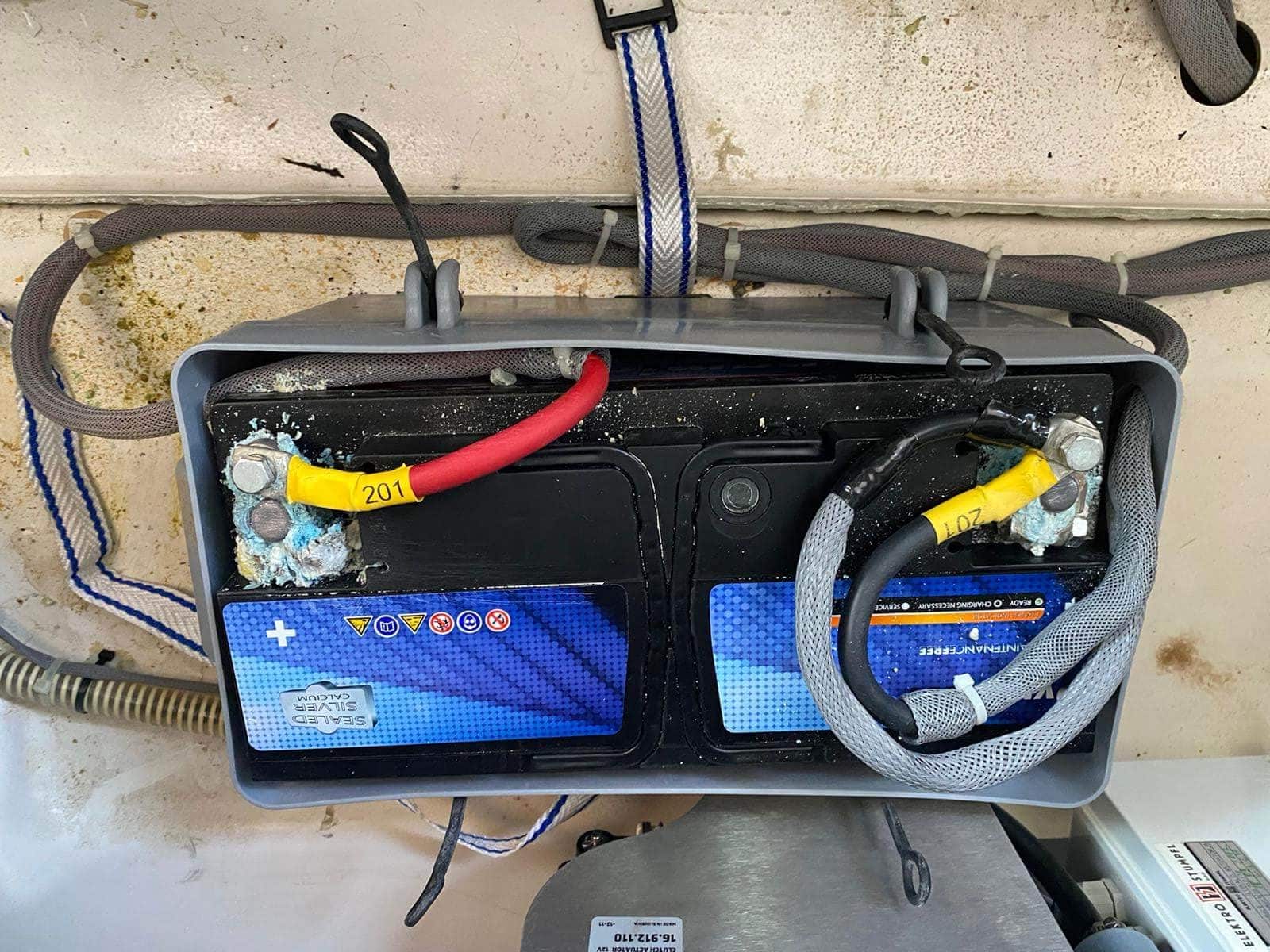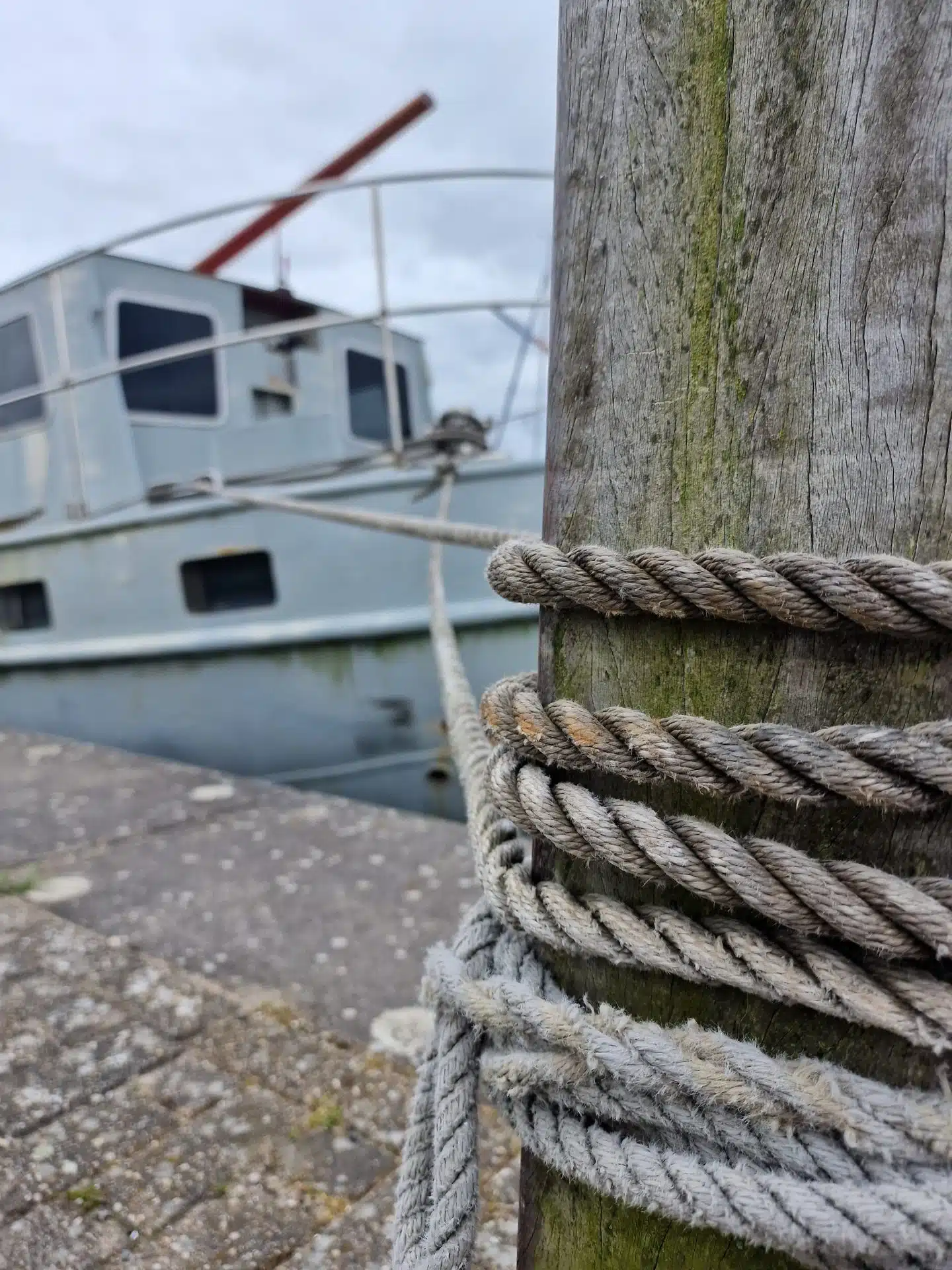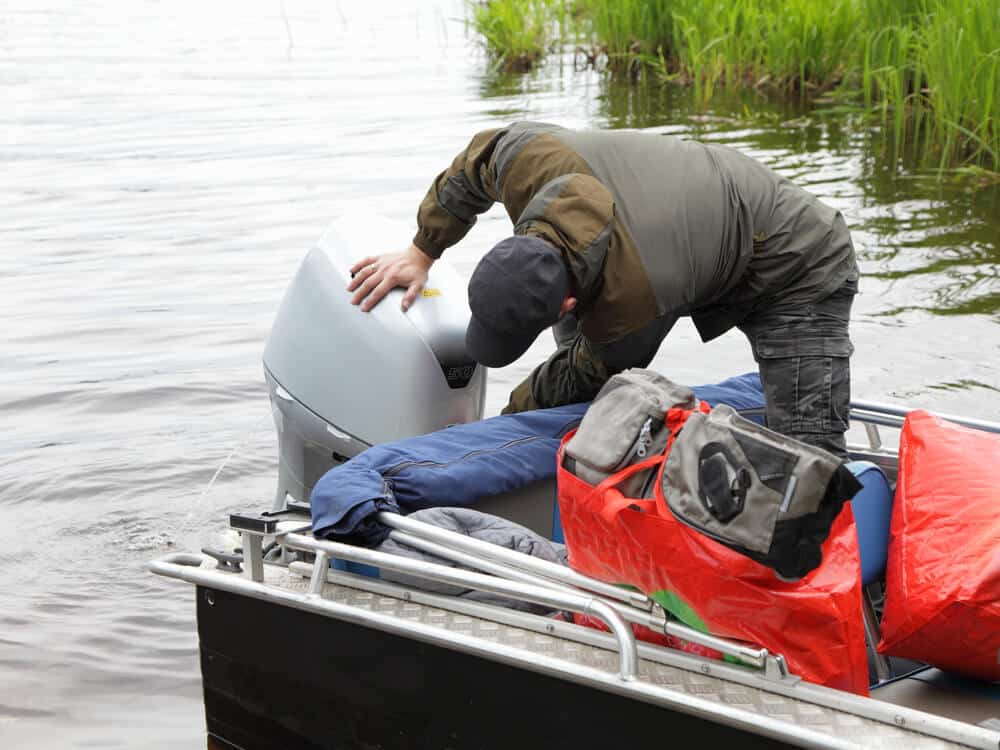Outboard motor maintenance
- Blog
- Aug. 7, 2023
1. Regular maintenance
Every engine needs proper and regular maintenance. For outboard motors, in general, they need maintenance after a certain number of running hours or after a certain number of months/years. Each manufacturer has established its own guidelines for this, which you can find in your engine's manual. The list below is a good guideline for most recreational users:
- Change engine oil and oil filter every year
- Change tail oil every year
- Impeller inspection every year, replaced every second year
- Replace spark plugs every two years
- Replace fuel filters every year
- Inspection of anodes every year and replacement if necessary
2. Clean the outboard motor
To keep the engine in good condition, cleaning is important. Limescale from the water gets on the hoods. You can remove this with limescale remover. Especially when engines get a little older, they can leak some oil. It is good to take the hoods off the engine every winter and degrease the engine itself. In addition, the tail of the engine should also be kept clean. When not using the boat, it is best to trim the engine up, then the tail will stay clean. With some boats, however, this is not possible, for example for sloops with an outboard motor in a bun. Especially with those boats we often see a lot of fouling on the tail. If this is not removed, it can cause problems with cooling, and performance deteriorates.
3. Checking the propeller for damage
The screw may unexpectedly come into contact with the bottom. Depending on the situation, this can cause a lot of damage. Check regularly that the propeller is still in good condition. The edges of the propeller blades should be undamaged. No pieces should be broken out. In addition, all the propeller blades should be at the same angle. Are any of these things wrong? Then it's time to replace the propeller.
4. Protect your outboard motor from salt water
Salt water has the nasty property of causing much more corrosion. Do you use your engine on salt water? Then it is extra important to take good care of your engine. Rinse the outside of the engine with salt water when you are done. The outboard motor's cooling system also needs to be flushed with fresh water. most motors have flush ports for this purpose, to which you can connect a garden hose. In addition, the anodes will also run out faster. Keep a close eye that you replace these before they are completely gone, otherwise your engine may be damaged.
5. Choose high-quality oil
Each manufacturer has prescribed what type of oil you should use for your engine. This includes engine oil but also tail oil. Look in your engine's manual for which oil is prescribed, and use only that oil.
6. Use high-quality gasoline
Gasoline can deteriorate in quality over time. Especially these days, with more ethanol in gasoline. Make sure you don't store the gasoline you use for too long to avoid problems. We also wrote an extensive blog about this. > https://www.vaarzeker.nl/nieuws/e10-benzine-en-de-buitenboordmotor/
7. Keep the fuel tank clean
It may go without saying, but we still often see problems due to dirt in the fuel tank. Check it regularly to make sure it is clean, and take care not to get dirt in it when refueling. If you are refueling with jerry cans, use only clean ones. In addition, make sure that no water gets into the tank. You can see this because it accumulates at the bottom of the tank as drops or a whole layer.
8. Checking the cooling jet
While cruising, check immediately after starting to see if the engine has a good and strong cooling jet. This is an indication that the impeller is still functioning properly and sending enough cooling water through the engine. Furthermore, make a habit of checking this regularly while sailing.
9. Storage
Not using the engine for an extended period of time? Then drain all the gasoline from the engine. Most engines have drain valves on the carburetors or on the injection system for this purpose. In addition, it is a good idea to run a small amount of engine oil into the cylinders and turn the engine around a few times by hand. This prevents rust from forming on the inside of the cylinders. Furthermore, it is good to turn the engine around by hand every 6 months.
10. Battery Maintenance
Make sure the battery terminals are clean and tight. If there is tarnish on the battery terminals, you can remove it with a wire brush, then lubricate with petroleum jelly. This prevents new deposits. Also check regularly that the cables are securely attached to the battery terminals.
Carefree boating with our excellent services
Have you done all these things? Then the only thing missing is a subscription to our services. In the unlikely event that you run into problems, our expert will be there to solve it for you. Join directly!
Need help choosing?
Need help choosing a subscription? Then use our handy selection guide.
Newsletter subscription
Fill out the form below to become a member of our newsletter


